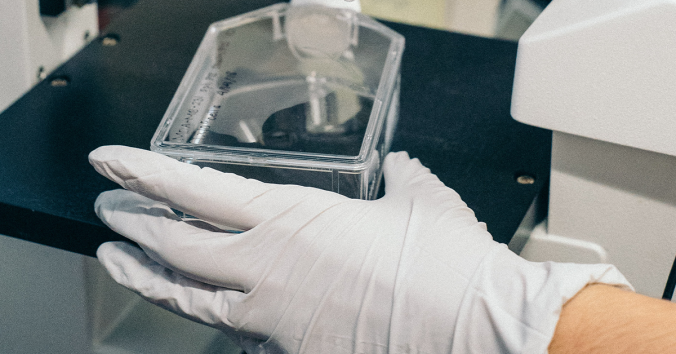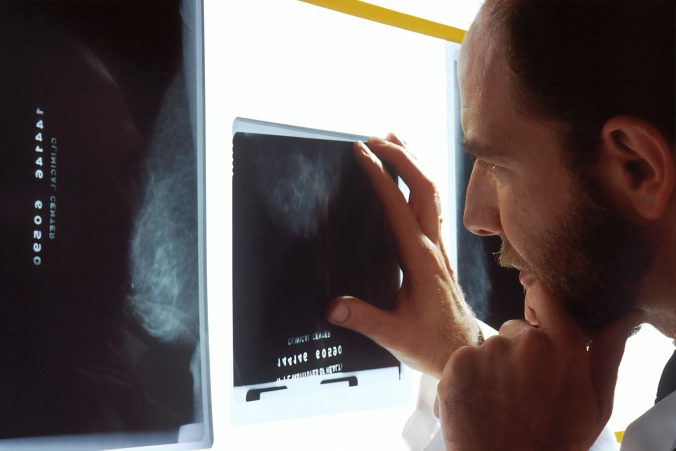Several ethical concepts and principles govern how patients should be treated in healthcare. For example, healthcare professionals should respect patients’ autonomy. Moreover, they should act in the patients’ best interest and avoid actions that can cause harm. Patients must also be treated fairly. However, exactly how such ethical concepts and principles should be applied can vary in different situations.
A new article examines whether the application may depend on whether the healthcare personnel know the patient (in the sense of having knowledge about the patient). Some healthcare situations are characterized by the fact that the patient is unknown to the personnel: they have never met the patient before. Other situations are characterized by familiarity: the personnel have had continuous contact with the patient for a long time. In the latter situations, the personnel know the patient’s personality, living conditions, preferences and needs. Does such familiarity with the patient make any difference to how patients should be treated ethically by the healthcare staff, ask the authors of the article, Joar Björk and Anna Hirsch.
It may be tempting to reply that knowing the patient should not be allowed to play any role, that it follows from the principle of justice that familiarity should not be allowed to make any difference. Of course, the principle of justice places limits on the importance of familiarity with the patient. But in healthcare there is still this difference between situations marked by unfamiliarity and situations marked by familiarity. Consider the difference between screening and palliative home care. Should not this difference sometimes make a moral difference?
Presumably familiarity can sometimes make a moral difference, the authors argue. They give examples of how, not least, autonomy can take different forms depending on whether the situation is characterized by familiarity or unfamiliarity. Take the question of when and how patients should be allowed to delegate their decision-making to the healthcare personnel. If the personnel do not know the patient at all, it seems to be at odds with autonomy to take over the patient’s decision-making, even if the patient wishes it. However, if the personnel are well acquainted with the patient, it may be more consistent with autonomy to take over parts of the decision-making, if the patient so wishes. The authors provide additional examples. Suppose a patient has asked not to be informed prior to treatment, but the staff know the patient well and know that a certain part of the information could make this particular patient want to change certain decisions about the treatment. Would it then not be ethically correct to give the patient at least that part of the information and problematic not to do so? Or suppose a patient begins to change their preferences back and forth. If the patient is unfamiliar to the staff, it may be correct to always let the most recent preference apply. (One may not even be aware that the patient had other preferences before.) If, on the other hand, the patient is well known, the staff may have to take into account both past and present preferences and make a more global assessment of the changes and of autonomy.
The authors also exemplify how the application of other moral concepts and principles can take different forms, depending on whether the relationship with the patient is characterized by familiarity or unfamiliarity. Even the principle of justice could in some cases take different form, depending on whether the personnel know the patient or not, they suggest. If you want to see a possible example of this, read the article here: An “ethics of strangers”? On knowing the patient in clinical ethics.
The authors finally argue that care decisions regarding autonomy, justice and acting in the best interest of the patient are probably made with greater precision if the personnel know the patient well. They argue that healthcare professionals therefore should strive to get to know their patients. They also argue that healthcare systems where a greater proportion of the staff know a greater proportion of the patients are preferable from an ethical point of view, for example systems that promote therapeutic continuity.

Written by…
Pär Segerdahl, Associate Professor at the Centre for Research Ethics & Bioethics and editor of the Ethics Blog.
Björk, J., Hirsch, A. An “ethics of strangers”? On knowing the patient in clinical ethics. Med Health Care and Philosophy 27, 389–397 (2024). https://doi.org/10.1007/s11019-024-10213-y
We have a clinical perspective











Recent Comments